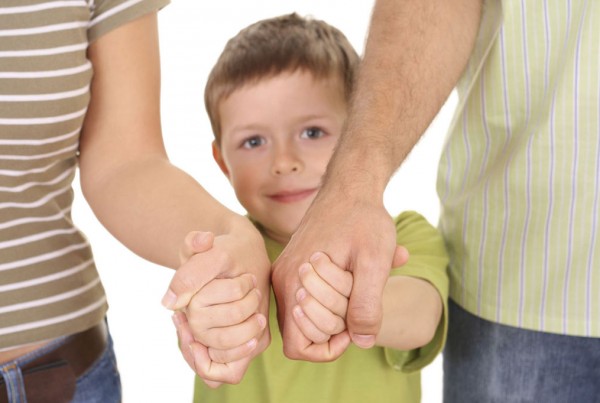The death of a pet is often described as a typical experience of childhood. It can also be of equal importance to adults, for whom a pet’s death can trigger a grief almost as intense as that precipitated by the death of a human.
Whether it be a dog, cat, bird, fish, gerbil, hamster, horse, rabbit, turtle or snake, the death of a pet can be a significant loss for a child. Think back to your own experiences of pet loss as a child. Often, the details of the death, grieving and body disposal are remembered in great detail.
A loss is significant to the extent that a child/adult has emotionally invested in the pet. The more we invest emotionally/psychologically in someone/something, the more we will miss that person, pet or thing.
We need to avoid the tendency to minimize a child’s grief over the death of a pet. Or minimize their right to be involved in the final days and minutes of the pet’s life.
The following behaviors and reactions are appropriate and healthy responses to the dying or death of a pet.
- anger, guilt, sadness
- searching behavior
- thinking the pet will come back (especially very young children as they have a temporary concept of death)
- crying or not crying
- try to get the dead animal to move
- wanting to have a “funeral” and bury the pet
- physical reactions: sore tummy, nausea, headache
- not wanting to go to school
Be aware that mourning the death of a pet can continue for weeks or months. Spontaneous crying can occur for weeks or months. Some things that will help facilitate grief and validate their feelings.
- allow them to be present at the euthanasia of a pet (if they want to)
- work with them on a “memory book” (photos and reminders of the pet)
- help them write a poem about the pet
- allow them to have a “keepsake” that represents the pet (e.g., collar, dish, tags, leash, toy, blankets, some hair)
- recalling and talking about what made the pet special
- allow them to plan a “memorial” or “funeral” for the pet and participate in it
All of the above require that you remember three key guidelines.
- honesty
- preparation
- involvement
In summary monitor your own reactions. Avoid the tendency to protect the child from the realities of life and death.
Experiencing the dying and death of a pet is often a powerful and profound loss experience through which young children learn that death is a part of the life process, that death is permanent and painful, and that the grieving process does not last forever.
If you don’t teach them, who will?
Be aware that the above comments are basic guidelines only. Please consult a health care professional who specializes in loss, grief and bereavement for more in depth information.



